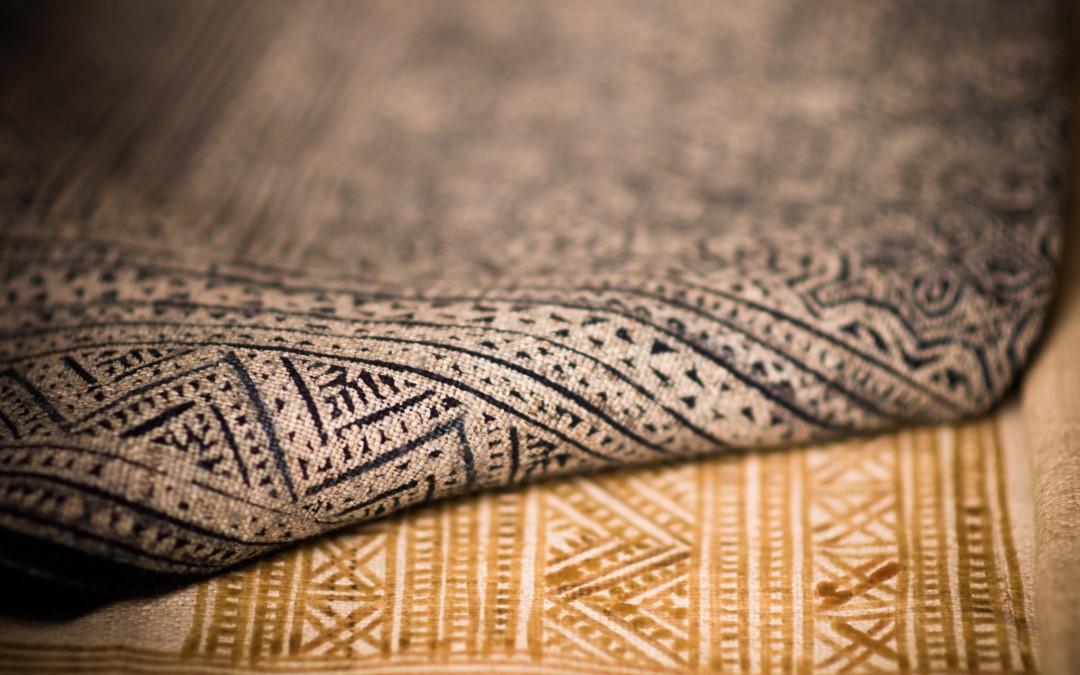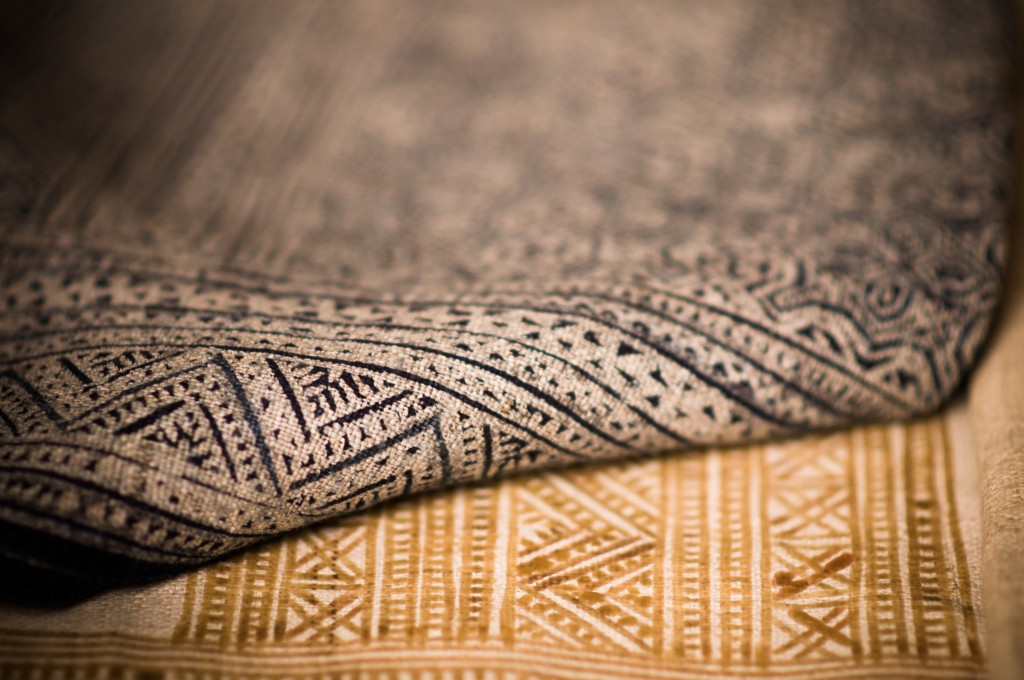Scott Maney, Chief Creative Officer at Breakaway, the Boston branding firm, wrote a great article in Communication Arts magazine a few years ago called Double Albums, Musky Grandmas & Fairytales: How Brands Move You.
Here’s how he describes the Abercrombie & Fitch brand: “The cacophony of mind-numbing dance club music blasting like a jack hammer. The scent of a bizarre mixture of potpourri that fills the air. Stacks of ripped clothes that have that softcore porn look and feel. How Abercrombie went from J. Crew’s hotter younger sister on the dock of a pristine lake in the Adirondacks to a plaid ecstasy rave is beyond me. But I will give them this: Abercrombie has created a textured brand experience that goes way beyond a piece of apparel to include sights and sounds and smells that literally envelope you when you interact with their product.”
First of all, Great writing Scott. Hats off.
This textured brand experience described above is certainly a key part of branding these days, especially for retailers. But most companies don’t have the luxury to create physical or “textured” experiences like Abercrombie’s. Instead, we’re using words, graphics and video to “create” our brand experience that sometimes works, and sometime doesn’t work, depending lots of factors and the execution.
What is your brand’s texture? How do your customers experience your brand texture?
As it turns out, that’s a hard question for marketers to answer.
That’s where Erica McGillivray, Senior Community Manager at Moz, comes in. She and her team at Moz have created a remarkable texture and experience with their brand. Memorable companies make language their own, and tell their story without the sales pitch, so it gets remembered long after readers pass by.
Erica is one of our amazing Content Marketing Conference speakers and will share 7 Steps to Developing a Resonating Brand Voice in her session this May.
The words you select for your website copy, job postings and/or live chat support shape your brand’s texture and define your customer experience. Great marketers define brand lingo, and have keen methodology, strategy and even exercises that connect with readers, fans, customers and prospects in strange and mysterious ways. There is an art and science to brand communication. Done right, the science is rooted in neuromarketing and a close study of why a certain tone and voice work well, and why some do not.
If you want my two cents, which I look forward to asking Erica about, I contend that to truly craft texture into your brand that transforms browsers into believers, and believers into buyers, we must look at the entire customer experience throughout the journey, and all the touch points along the way. Autoresponders and non-personal correspondence are proven buzz-kills. Stop the automation please. Customer success specialists, product managers, UX professional, marketers, content marketers—EVERYONE must get involved in customer experience design.
The goal is to make a human voice sing throughout all the touch points of the customer journey.
Content Marketing Conference is the premier event to learn tactical and actionable content marketing. At CMC16, 300 attendees will gather to master the content marketing workflow in 30 laser-focused sessions, expert keynotes, and Q&A panels, plus networking galore as in the vibrant Vegas atmosphere. Join top content marketing experts, practitioners, authors, and thought leaders and learn actionable tactics, tools, and hacks to boost your content marketing.



